EX-UK ROAD BIKE
KSh70,000
In Stock
In Stock
- Delivered today (order Mon-Fri before 8:00, delivery between 12:00 and 22:00)
- Including shipping costs, sent by gem-importers.com
- Pick up at any of our stores...or through gem-importers.com collection point is possible
- 30Days manufacturer defect return free guarantee
- Day and night customer service
Description
A road bike is designed for speed, efficiency, and long-distance riding on smooth pavement. Below are typical full specifications for a road bike:
1. Frame:
- Material: Lightweight materials like carbon fiber, aluminum, or steel.
- Carbon Fiber: Light, stiff, and vibration-damping, ideal for performance.
- Aluminum: Affordable, lightweight, and durable.
- Steel: Strong, comfortable, but heavier.
- Geometry: Typically has a more aggressive, forward-leaning design for aerodynamic performance.
- Sizes: Available in various sizes to fit different riders (usually measured by seat tube length).
2. Fork:
- Material: Carbon fiber or aluminum, often designed to absorb road vibrations for comfort.
- Design: Rigid, lightweight, and sometimes tapered for better handling.
3. Drivetrain:
- Crankset: Typically 2 or 3 chainrings for a wide gear range (double or compact setup is common for road bikes).
- Bottom Bracket: Press-fit or threaded for the crankset attachment.
- Derailleurs: Front and rear derailleurs for shifting gears (mechanical or electronic).
- Cassette: 10 to 12-speed cassettes with a range of gears (11-28t, 11-32t are common).
- Shifters: Integrated brake lever and gear shifters (STI, Ergo, or DoubleTap), with either mechanical or electronic shifting.
4. Wheels:
- Rims: Aluminum or carbon fiber wheels for lightness and strength.
- Tires: Typically 23mm to 28mm wide, providing a balance between speed and comfort. Tubeless or clincher options are common.
- Hubs: Sealed hubs for better performance and less maintenance.
5. Brakes:
- Type: Either caliper brakes (for more traditional bikes) or disc brakes (for increased stopping power and reliability in all weather conditions).
- Caliper Brakes: Lighter and more aerodynamic.
- Disc Brakes: Provide better stopping power, especially on wet or hilly terrain.
- Brake Levers: Integrated with the shifters (for road bikes with STI).
6. Handlebars:
- Type: Drop handlebars are standard, offering multiple hand positions for comfort and aerodynamic benefits.
- Material: Aluminum or carbon fiber for lightness and strength.
- Bar Tape: Often cork or foam for added comfort and grip.
7. Saddle:
- Type: Performance-oriented saddle with padding suited for long rides.
- Material: Typically synthetic leather or microfiber with light padding and a cutout or relief channel for comfort.
- Position: Road bike saddles are designed to keep the rider in an aerodynamic position.
8. Pedals:
- Type: Clipless pedals or platform pedals (clipless are the most common for road bikes for better efficiency).
- Cleats: Typically two-bolt or three-bolt systems depending on the pedal type.
9. Weight:
- Range: A typical road bike weighs between 7-10 kg (15-22 lbs), depending on the materials used and components chosen.
10. Extras:
- Bottle Cages: Mounts for water bottles, usually on the frame.
- Fenders: Optional, especially for wet-weather riding.
- Integrated GPS/Computer Mounts: Some bikes come with mounts for cycling computers or GPS devices.
Here’s a short specification for a typical road bike:
- Frame: Carbon fiber, aluminum, or steel (lightweight and durable).
- Fork: Carbon or aluminum (rigid, vibration-damping).
- Drivetrain:
- 2-3 chainrings (double or compact)
- 10-12 speed cassette
- Mechanical or electronic shifting
- Wheels: 700c wheels, 23mm-28mm tires, sealed hubs
- Brakes: Caliper or disc brakes (for stopping power and reliability).
- Handlebars: Drop bars for aerodynamics and comfort.
- Saddle: Performance saddle, often with padding and ergonomic design.
- Pedals: Clipless or platform pedals.

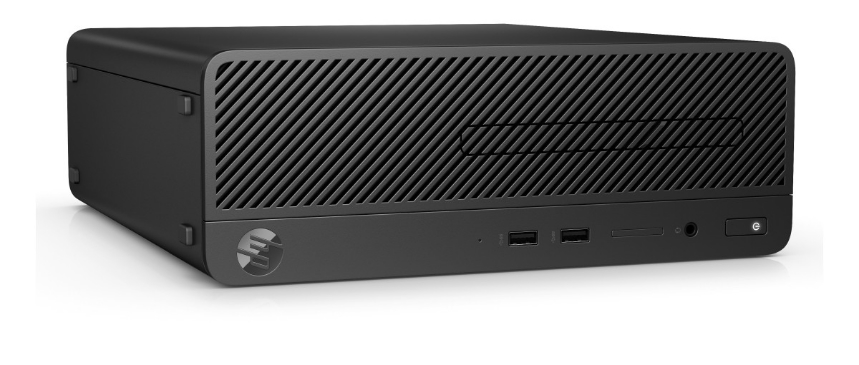

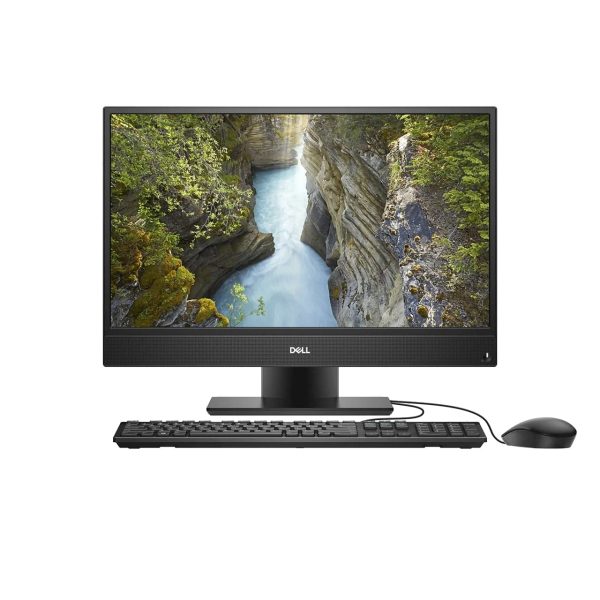




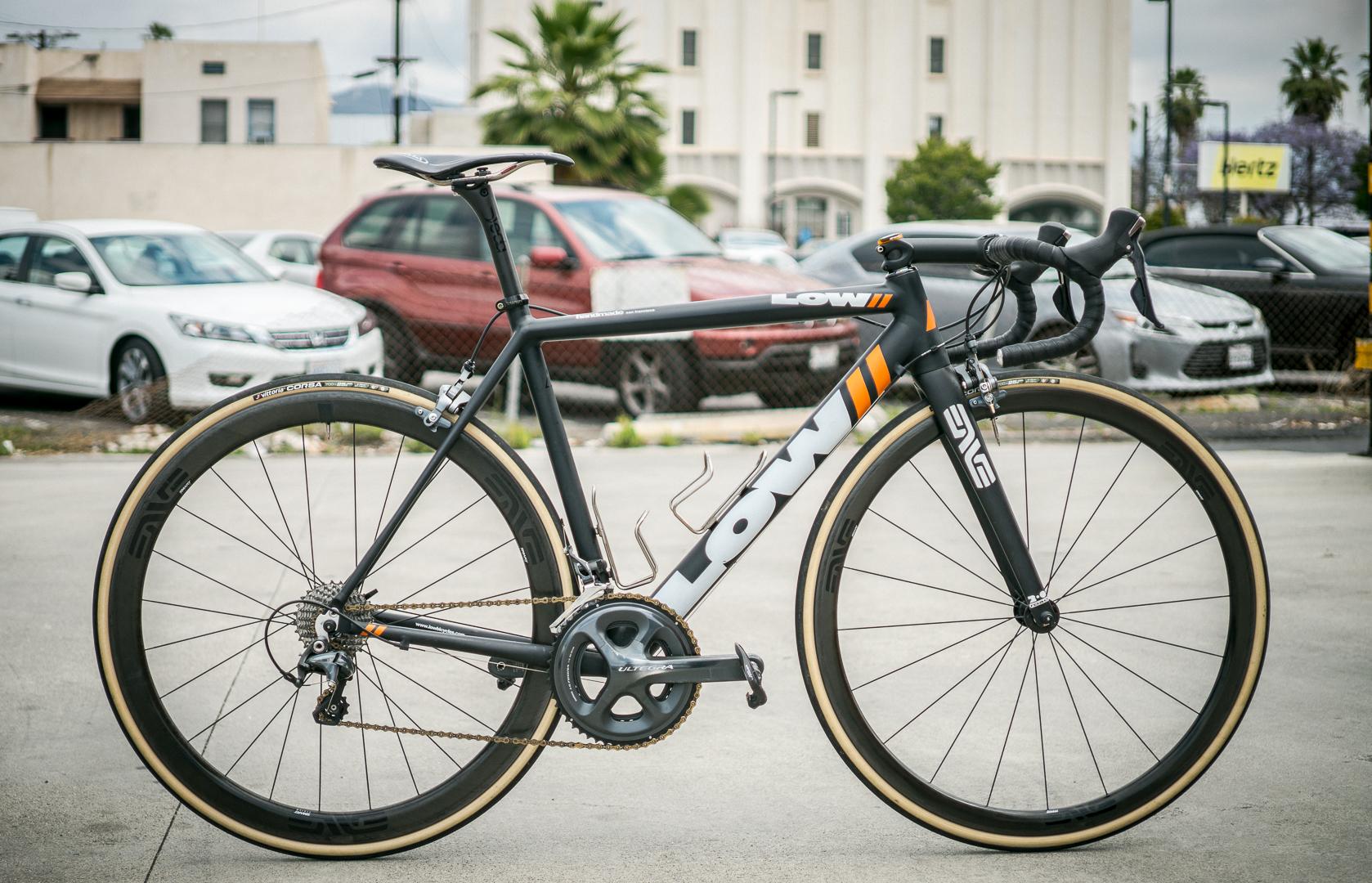
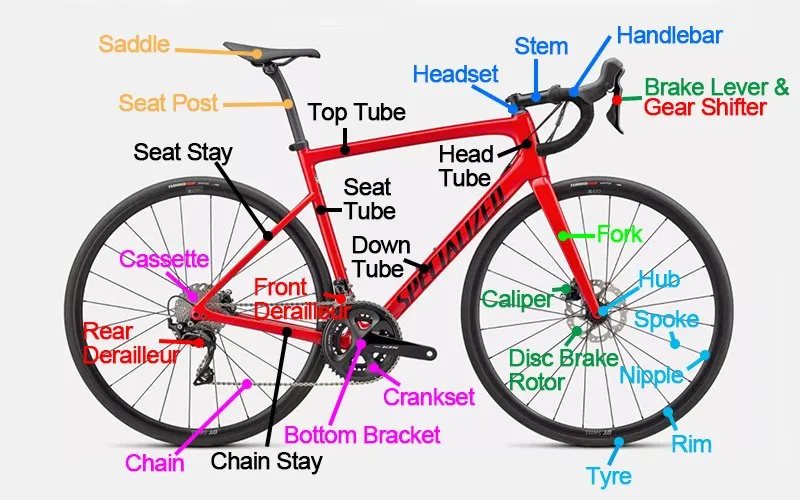

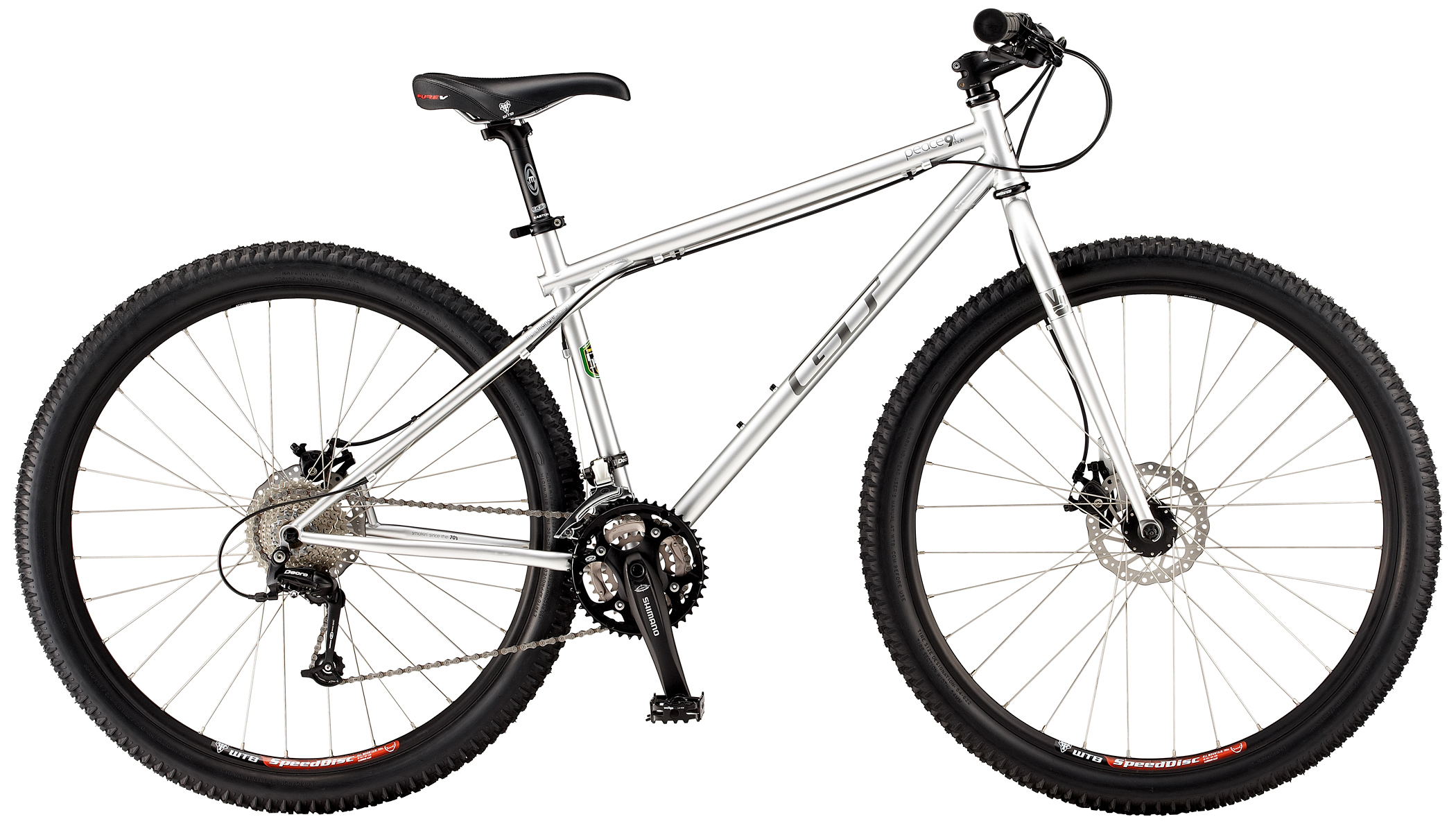
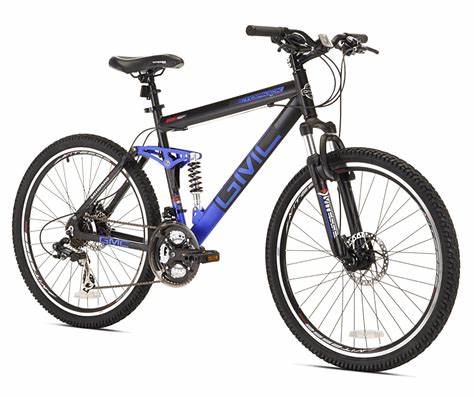

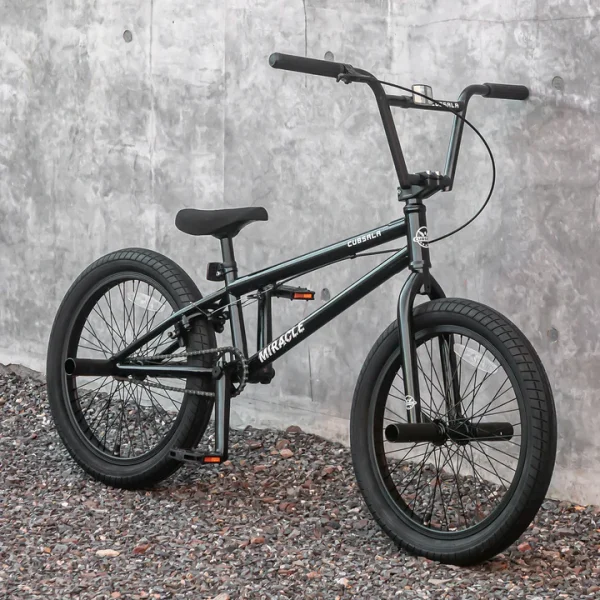
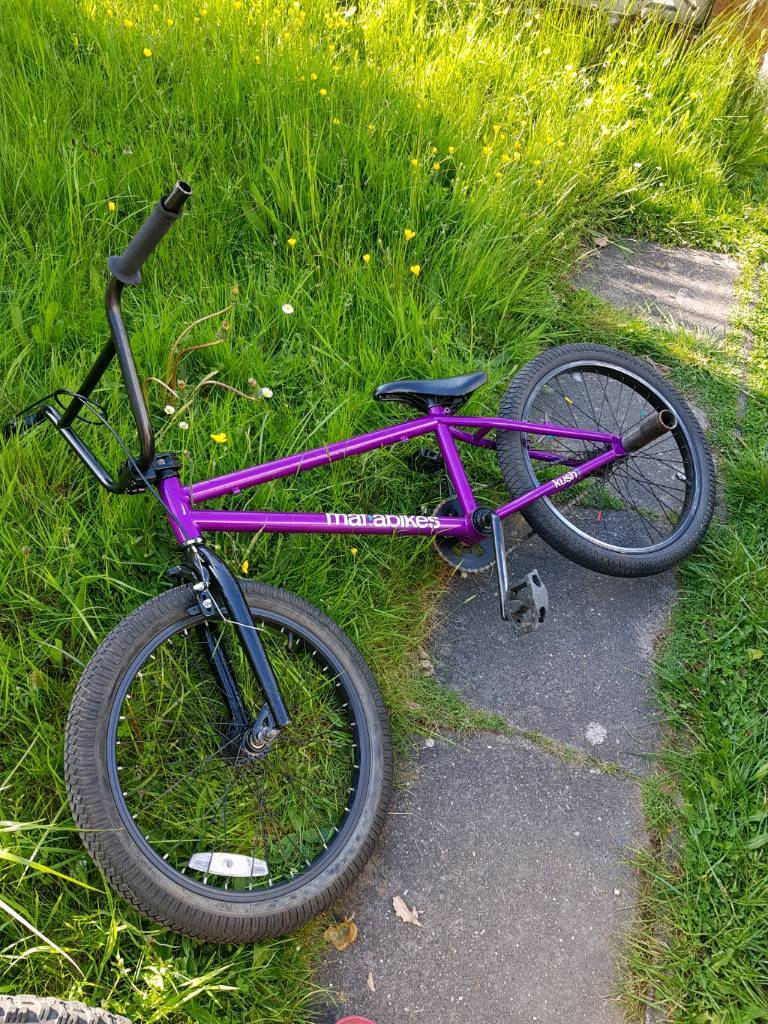
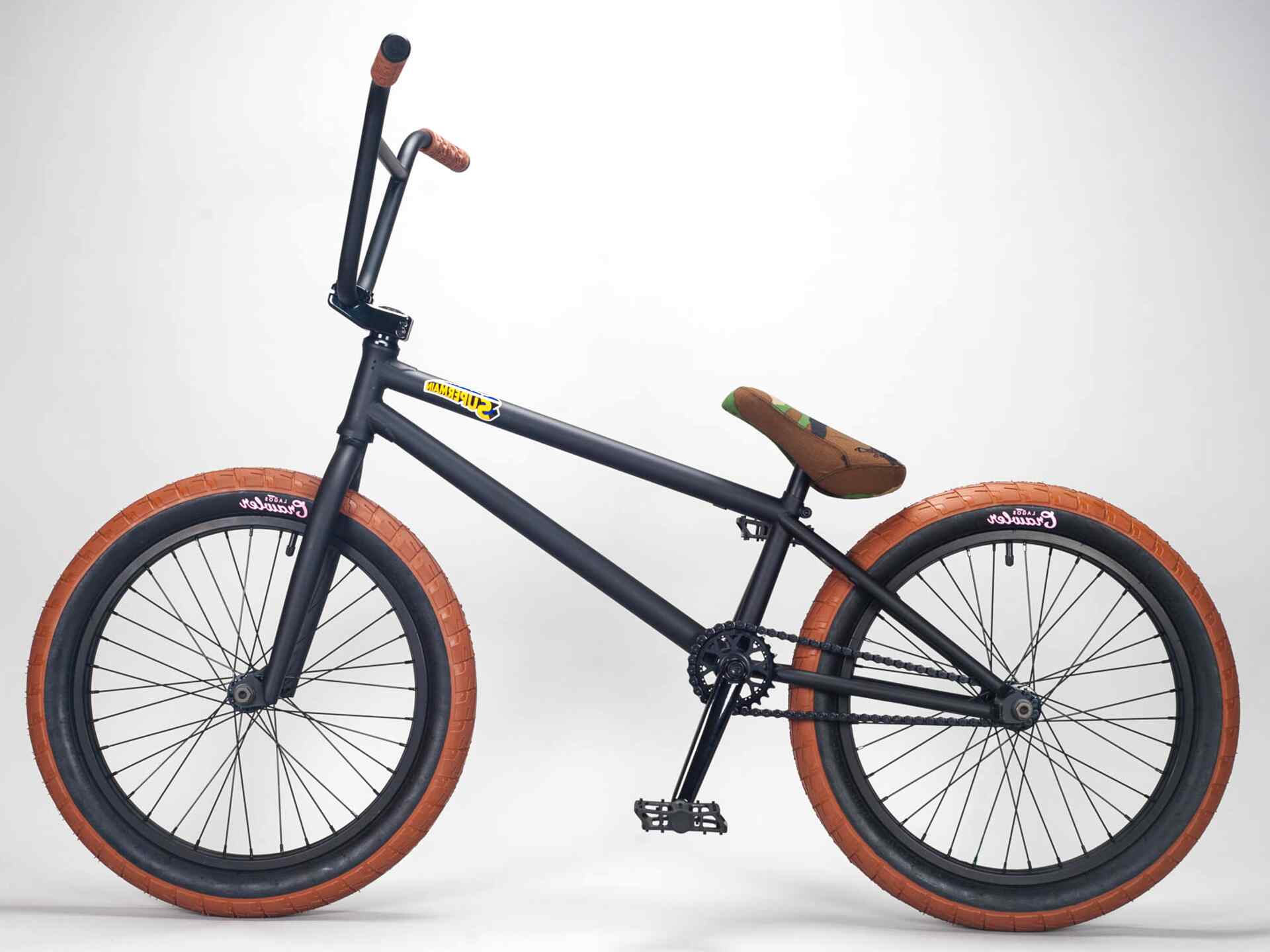
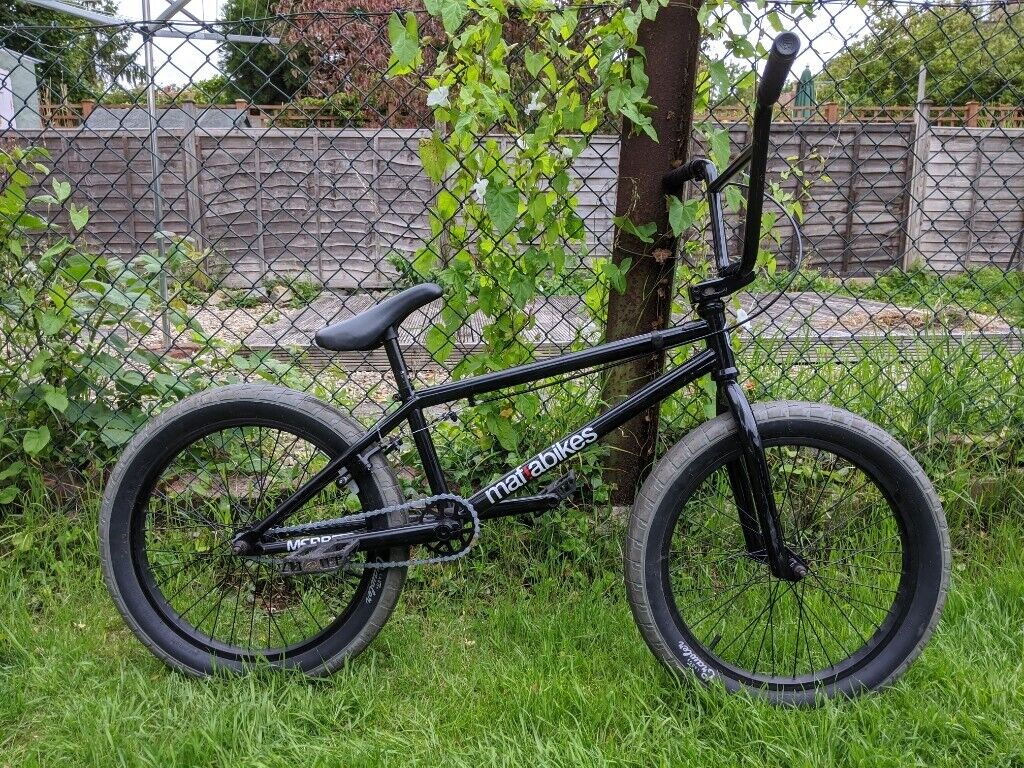
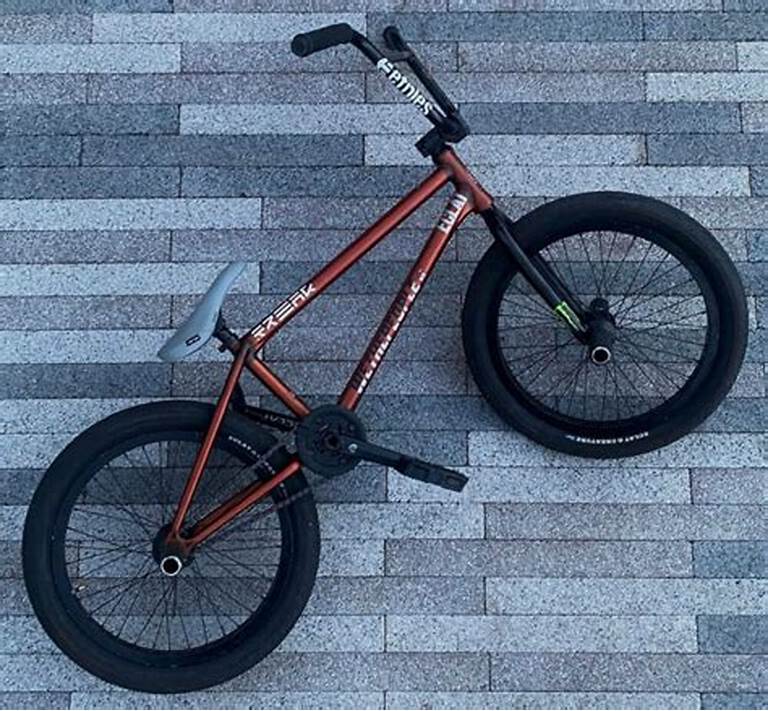
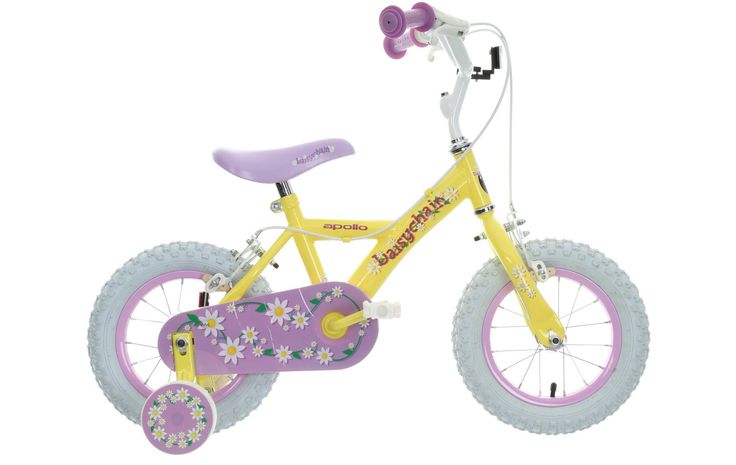
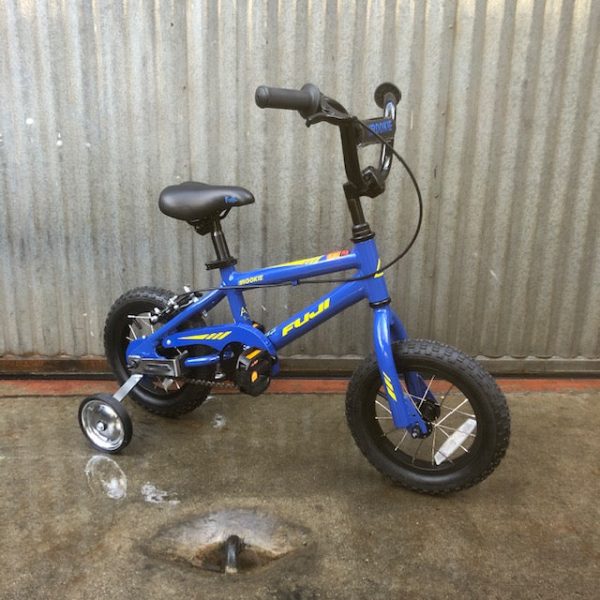
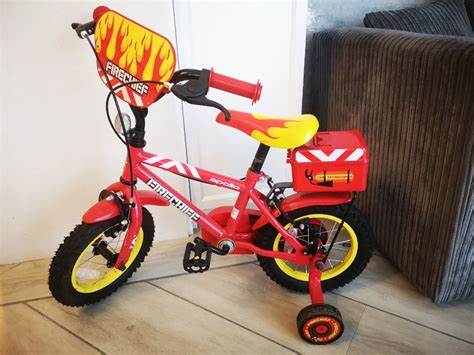
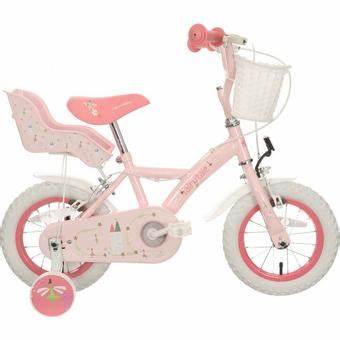



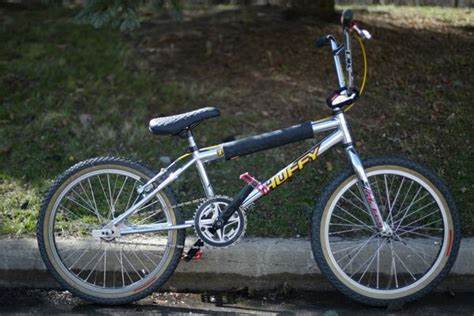
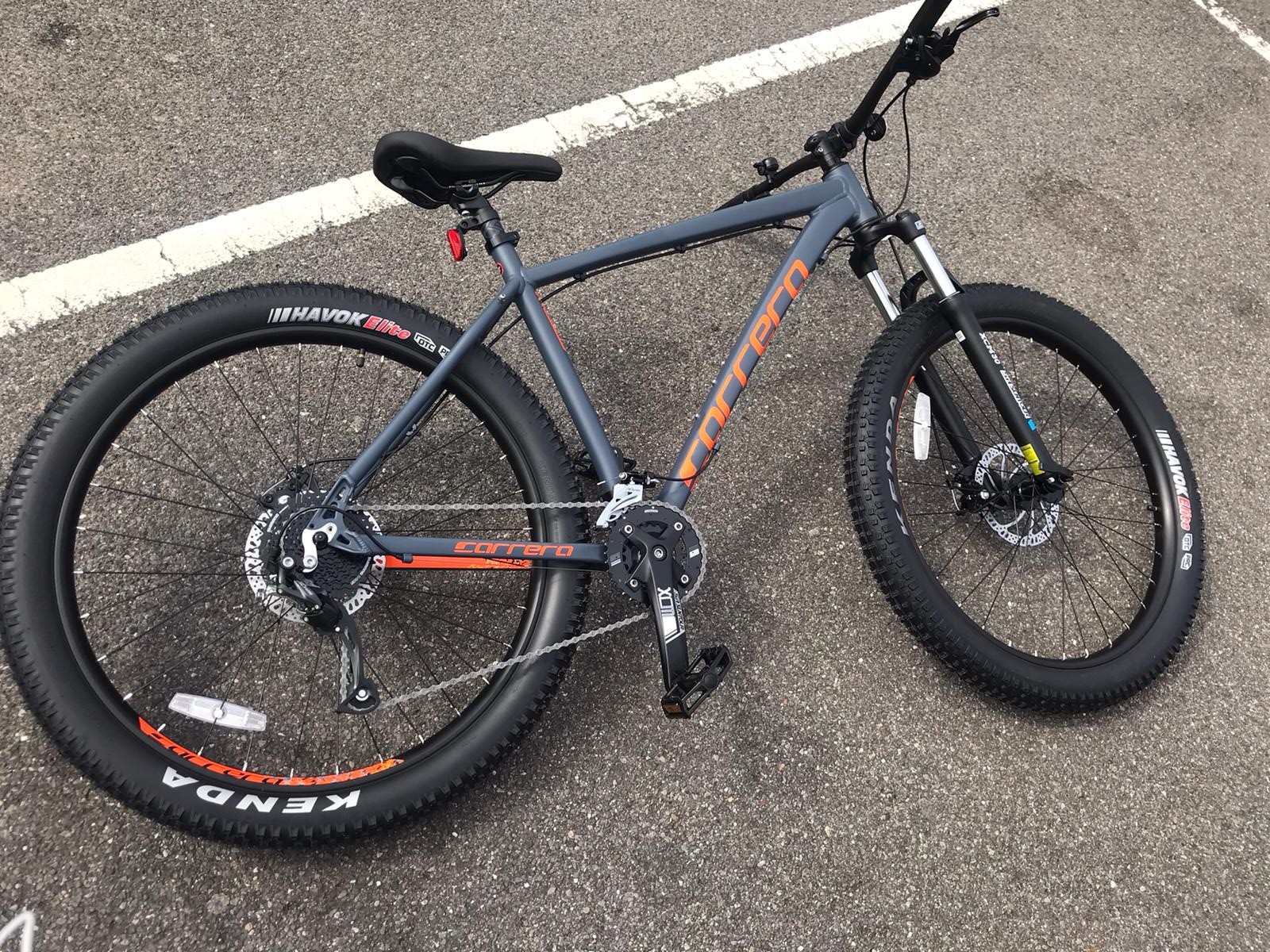
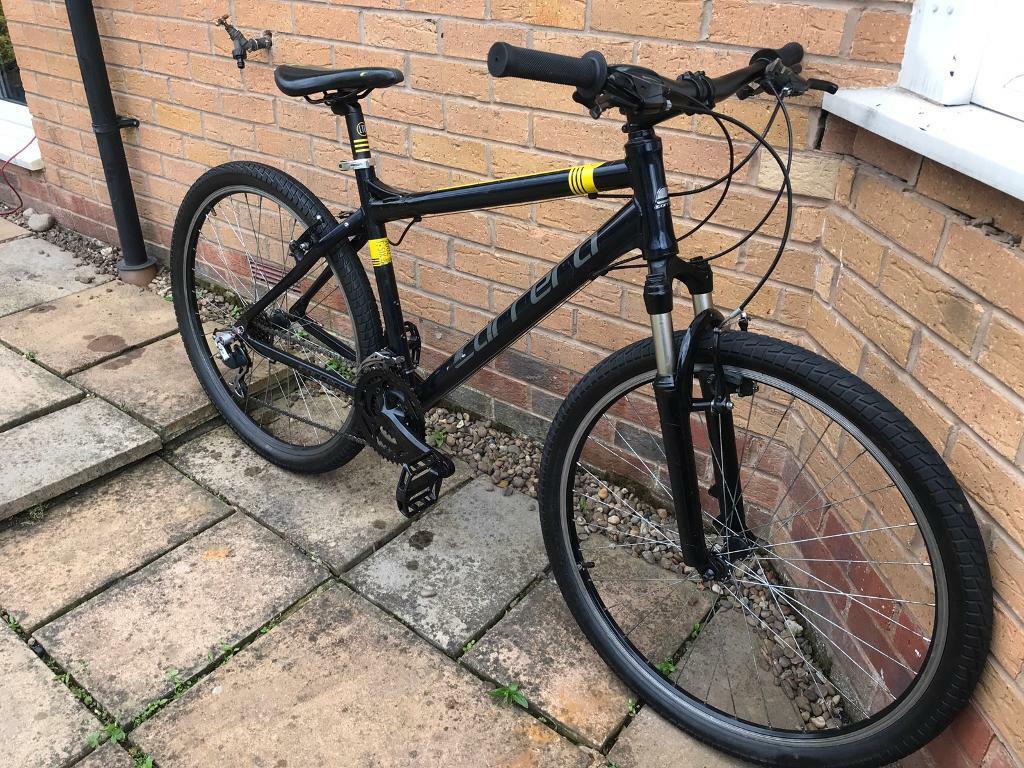
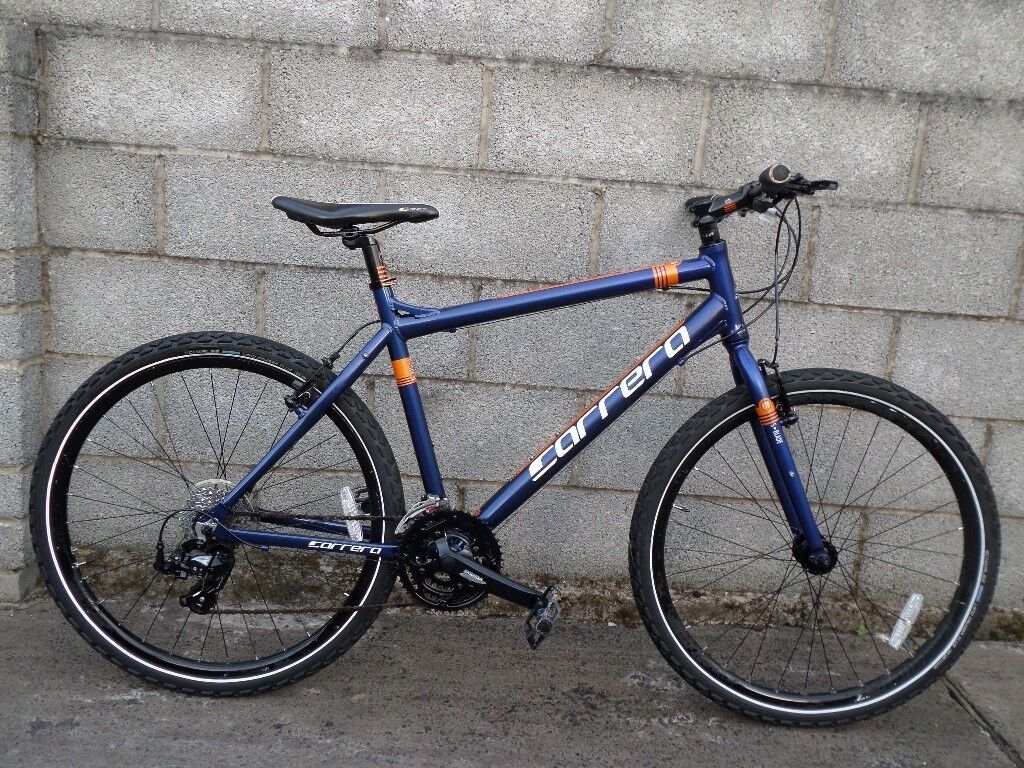
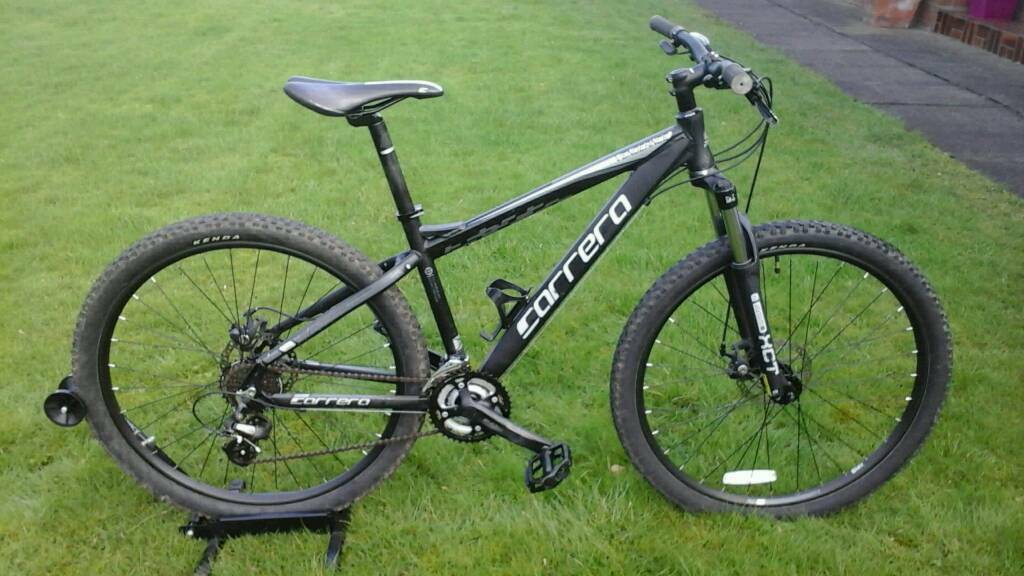
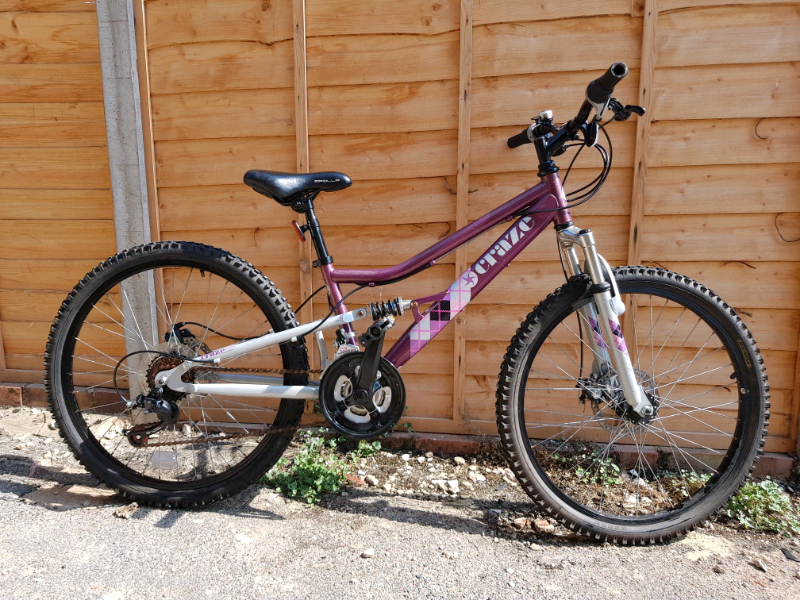
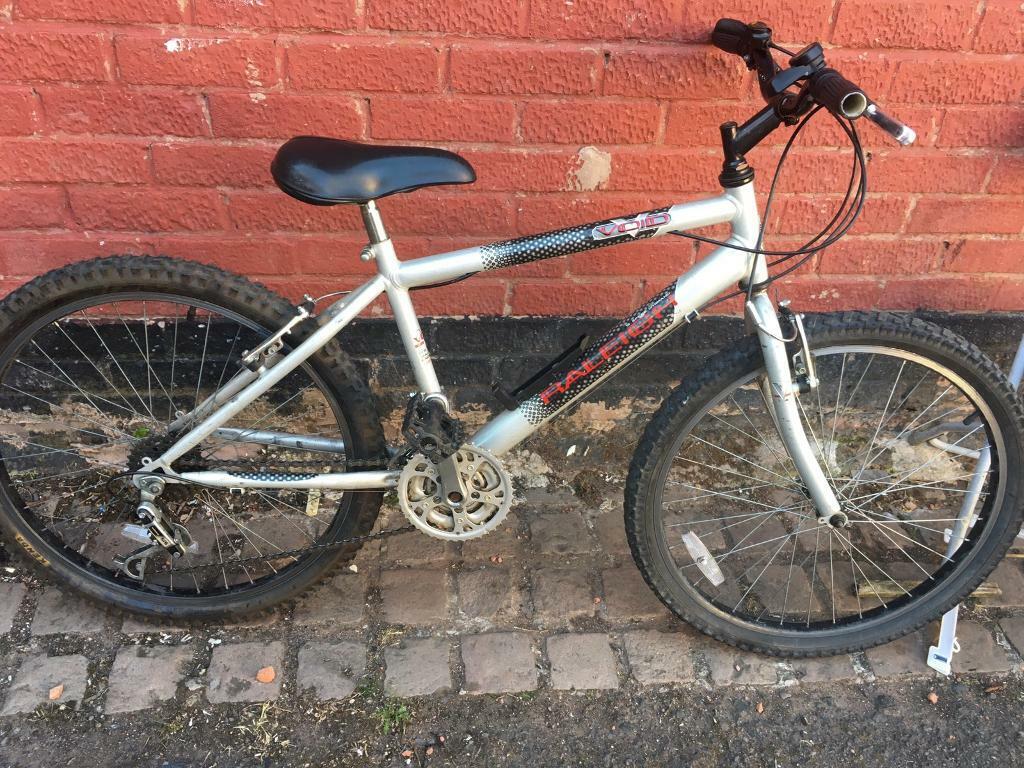
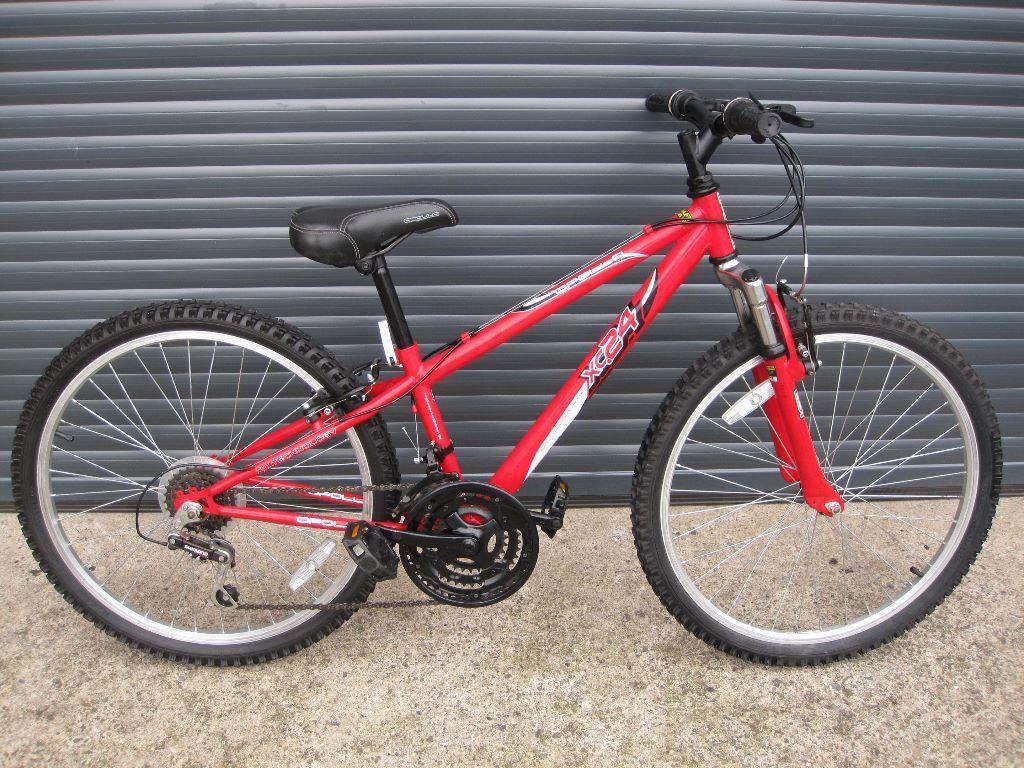
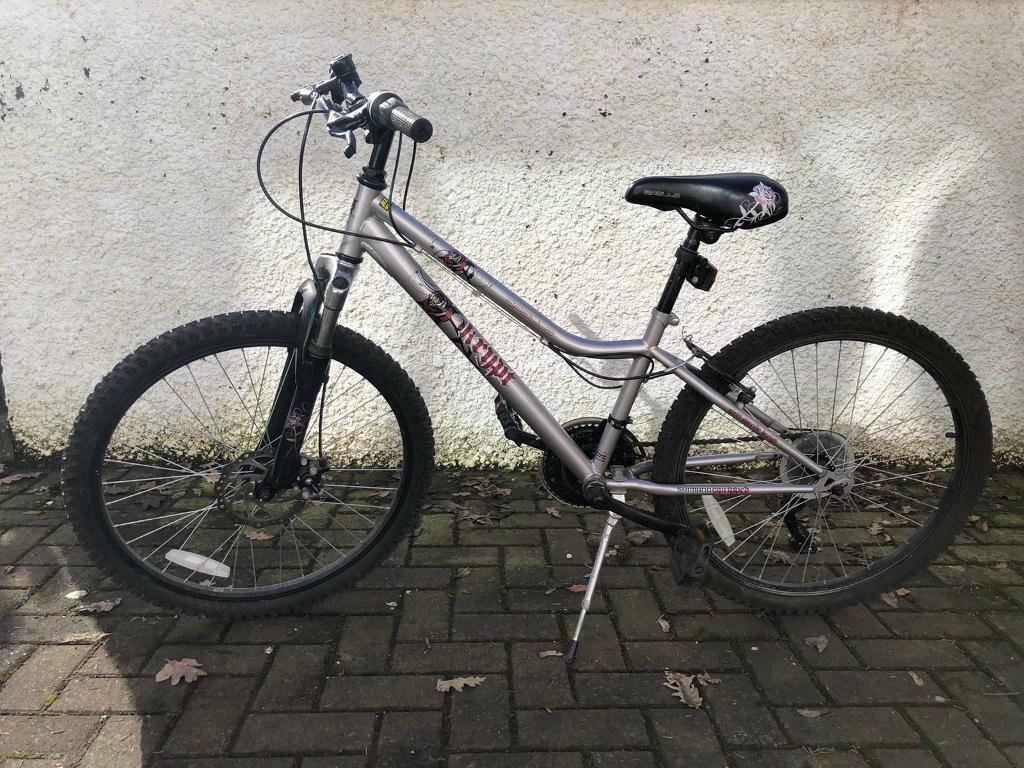


Reviews
There are no reviews yet.